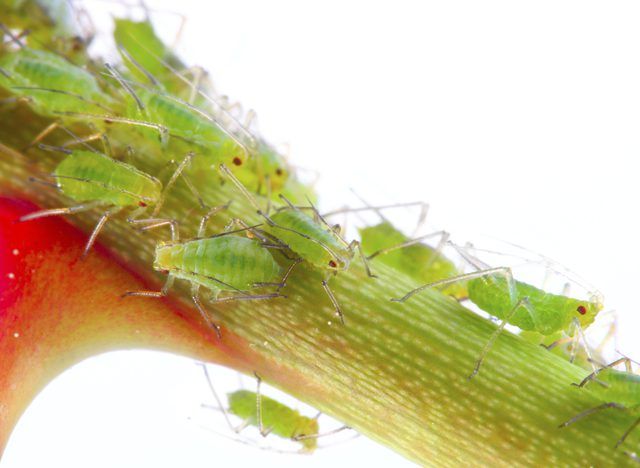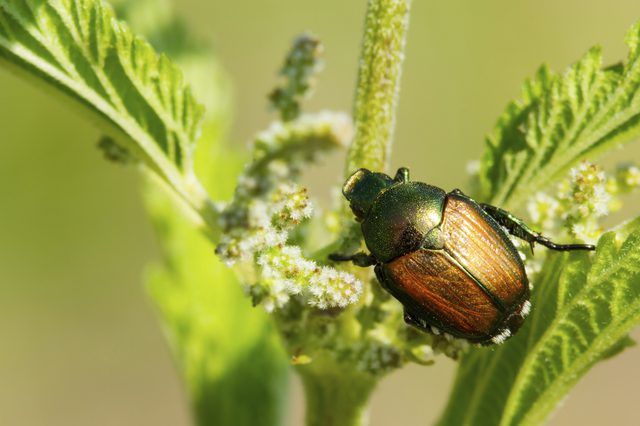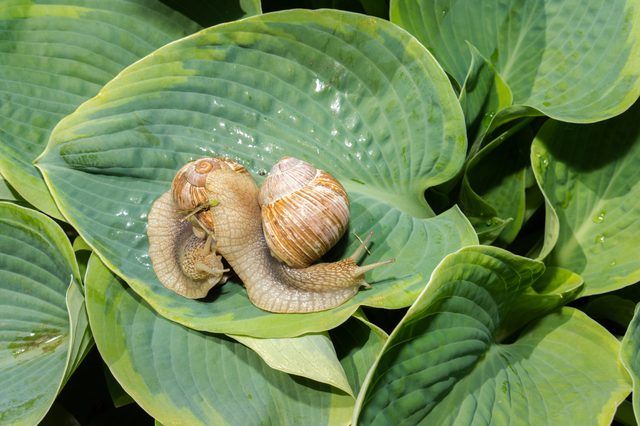Bulbs
Flower Basics
Flower Beds & Specialty Gardens
Flower Garden
Garden Furniture
Garden Gnomes
Garden Seeds
Garden Sheds
Garden Statues
Garden Tools & Supplies
Gardening Basics
Green & Organic
Groundcovers & Vines
Growing Annuals
Growing Basil
Growing Beans
Growing Berries
Growing Blueberries
Growing Cactus
Growing Corn
Growing Cotton
Growing Edibles
Growing Flowers
Growing Garlic
Growing Grapes
Growing Grass
Growing Herbs
Growing Jasmine
Growing Mint
Growing Mushrooms
Orchids
Growing Peanuts
Growing Perennials
Growing Plants
Growing Rosemary
Growing Roses
Growing Strawberries
Growing Sunflowers
Growing Thyme
Growing Tomatoes
Growing Tulips
Growing Vegetables
Herb Basics
Herb Garden
Indoor Growing
Landscaping Basics
Landscaping Patios
Landscaping Plants
Landscaping Shrubs
Landscaping Trees
Landscaping Walks & Pathways
Lawn Basics
Lawn Maintenance
Lawn Mowers
Lawn Ornaments
Lawn Planting
Lawn Tools
Outdoor Growing
Overall Landscape Planning
Pests, Weeds & Problems
Plant Basics
Rock Garden
Rose Garden
Shrubs
Soil
Specialty Gardens
Trees
Vegetable Garden
Yard Maintenance
Common Garden Pests
Identifying common garden pests that gardeners may find in their yard and garden, the damage they cause and how to control them.
Among a host of pests that are potential interlopers in your garden, you may see some visitors more commonly than others. Although you regard some of these creatures solely as nuisances that dig in your flower bed or nibble a few plants, others can cause significant damage to your lawn and garden.
True Bugs

Although "bug" is a catchall word for many creepy-crawly creatures, "true bugs" are in a class by themselves -- literally. The science of entomology defines specific requirements for inclusion in this class. But in a nutshell -- for average gardeners -- Arizona State University gives this primary guideline to identify class members: "True Bugs Suck." Bugs siphon plant cell sap through specialized, nonretractable mouthpieces that pierce plant tissue like a hypodermic needle.
Aphids. Most aphid damage is minor and does not kill plants, although an aphid infestation can cause stunted growth and distorted leaves and stems. Aphids also cause a secondary problem -- sooty mold. This black fungal growth feeds on the sticky "honeydew" that aphids excrete, marring healthy, green leaves and inhibiting photosynthesis. Instead of reaching for a fungicide, kill the aphids to get rid of the sooty mold fungi.
Whiteflies. When disturbed, whiteflies take flight in a flurry of white. Although they're not true flies, and they look like tiny moths, whiteflies are actually more closely related to aphids. Whiteflies not only suck sap from plants, they can also transmit diseases as they fly from plant to plant. Whiteflies may hitchhike on greenhouse plants, so inspect new plants before you take them home to your garden.
Tip
Control aphids and whiteflies without using chemicals by aiming a stream of water from your garden hose to dislodge them from plants. If infestations are damaging plants beyond your acceptable threshold, spray the aphids directly with a premixed, ready-to-use insecticidal soap.
Warning
To protect plants, don't use insecticidal soap when temperatures are above 90 degrees Fahrenheit.
Chinch bugs. If your perfectly manicured lawn develops dead, patchy areas that resemble drought damage (but the lawn doesn't respond to watering), chinch bugs may be the culprit.
Control chinch bugs by keeping turf grass healthy with twice-yearly core aerating and applying fertilizer based on soil-test recommendations.
Insects

Japanese beetles. These insects pack a one-two punch with the types of damage they cause. Adult beetles have voracious appetites, chewing through leaves, flowers and buds with a vengeance. Beetle larvae cause damage underground, eating plant roots -- primarily of turf grasses.
Control Japanese beetles by picking them off plants and dropping them into a bucket of soapy water. If you have an infestation of insects, or prefer not to handle them, you can spray them with a botanical insecticide that contains neem oil, which contains azadirachtin as its primary ingredient. Typically, you mix 1/4 ounce to 1 and 1/2 ounces of an insecticide that contains azadirachtin per 1 gallon of water, but observe label directions for product-specific mixing rates.
Tip
Japanese beetles are persistent pests. Check label directions for reapplication frequencies and rates, which may mean you have to apply an insecticide every week to 10 days.
Caterpillars. One gardener's invited guest is another gardener's pest. Before they pupate into adults, caterpillars -- butterfly and moth larvae -- eat plant leaves. If you have a butterfly garden, you may intentionally grow "sacrificial plants" that you don't mind being eaten by caterpillars. For example, to enjoy black swallowtail butterflies in your backyard, you can plant annual herbs such as parsley (Petroselinum crispum) or dill (Anethum graveolens) for the caterpillars to eat. But you don't plant tomatoes (Lycopersicon esculentum) to have large, green caterpillars called tomato hornworms chew the plants to nubs, which prevents tomatoes from forming.
Control hornworms and other caterpillar pests by picking them from plants or spraying them with Bacillus thuringiensis var. kurstaki (Btk), which is a biorational insecticide. Typically, you mix 1 tablespoon of Btk per 1 gallon of water and spray all leaf surfaces, but be sure to follow brand-specific label directions.
Tip
If you spray caterpillars with Btk, they stop feeding on leaves immediately, but it may take several days for them to die.
Arachnids and Mollusks

Arachnids. Spider mites are not spiders, and they don't eat bugs or insects as spiders do. Spider mites are tiny arachnids that feed on grasses and plant leaves, including evergreen needles, leaving characteristic stippling or speckling damage. Like their "true spider" cousins, spider mites also spin webs, but they use them as protection and not to catch prey.
Control spider mites by giving plants enough water, because drought-stressed plants are more vulnerable to spider mite damage. Insecticides don't usually work well to control spider mites, but you can knock these pests off plants with a jet of water from the garden hose. Be sure to direct the water upward, to the undersides of leaves where spider mites often cluster.
Mollusks. Snails and slugs are elusive creatures that feed on plants at night and hide during the day. Sometimes, the only telltale signs of snails and slugs are the slimy trails they leave behind.
Control snails and slugs by sprinkling diatomaceous earth (DE) around plants, although you'll have to reapply this powder after it rains. You can also use copper barriers that are sold commercially as snail and slug deterrents. These barriers are available as screens, strips or adhesive-backed tape.
Mammals

Deer. Particularly in rural gardens, deer can be a formidable pest. Their browsing can decimate ornamental plants, shrubs, trees and vegetable gardens. Although some plants are "deer-resistant," if deer are hungry enough they'll eat most any plant, even those with briers or thorns.
Control deer by installing fencing that's at least eight feet tall. For settings where this is disallowed by homeowner covenant or too costly an option, you can use repellents. Organic repellents include products that contain dried animal blood and vegetable oil, which helps the product stick to plants. Typically, you'll mix 1 cup of a blood-oil repellent in 1 quart of water and spray on plants.
Moles and Voles. These similar-sounding names are given to two distinct animals:
Moles eat insects, earthworms and lawn grubs. They live in underground burrows, tunneling through lawns and gardens. Mounds of soil or tunnel ridges in your yard may be the only sign you ever notice that moles are present. Control moles by making their habitat less desirable to them. They prefer moist areas in a lawn, so improve any drainage problems in your yard by core aeration, loosening the soil and grading it away from your foundation. You can also install sheet metal barriers to a depth of 12 inches around your flower beds to keep them out.
Voles are vegetarians. They eat grasses, flower bulbs, fruits and vegetables. They're commonly called "meadow mice" because of their resemblance to those rodents, but they are a different species. Control voles by keeping grass mowed and weeds trimmed. Because open compost piles attract voles, consider using a rotating bin or barrel composter to keep voles away from decomposing vegetation.
Birds
Gardeners welcome birds to their backyards by installing feeders, birdbaths and birdhouses to meet their needs. However, these winged creatures may not be so welcome when they start devouring the literal fruits of a gardener's labor, eating vegetables while they're still on the plants, pecking holes in fruits and robbing nut trees. Common bird pests include crows, robins and finches.
Control birds by covering small fruit- and nut-bearing shrubs and trees with bird netting. Scarecrows, shiny mylar tape and other visual scare tactics are effective deterrents, particularly when paired with noisemakers. However, most birds become desensitized to deterrents, so for ongoing control you may need to move visual deterrents to different spots in your garden, or replace old ones with new, different-looking effigies.